For anyone who loves homemade pizza, knowing how to make the perfect dough is pretty important. The flour you choose will affect the end results, whether you choose a thin crust NY style pizza dough or a thick and chewy traditional style dough.
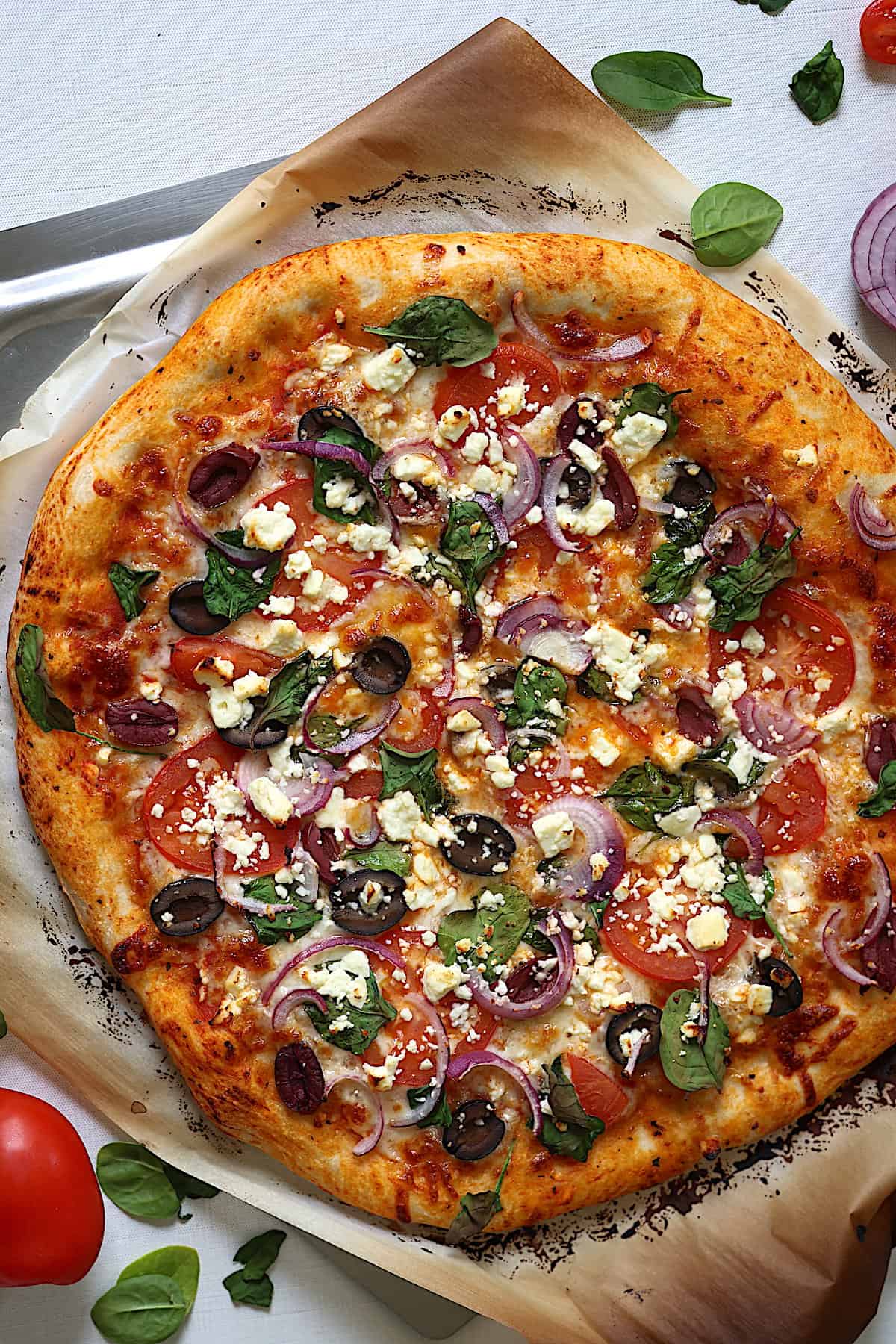
Table Of Contents
Because there are only a few ingredients that go into pizza dough recipes (flour, water, yeast, salt and a little olive oil), the flour is the most important component. Choosing the right one is key to creating a homemade pizza that you'll love time and time again. That's not to say you can't use more than 1 type of flour. In fact, you can use a variety of flours to make pizza dough depending on the crust outcome you're going for.
Here are the most common varieties of flour used to make pizza dough. Knowing which flour will yield the results you're looking for will give you the perfect pizza pie!
Gluten, And Why It's Important
Before choosing which flour to use, it's important to understand how gluten works in flour. Gluten gives dough it's stretchy consistency. It also gives the crust texture once it's baked. Gluten is correlated with protein in flours, so if a flour has a high protein content, it also contains more gluten. The less gluten in your flour, the crispier the crust will be. The higher the gluten content the chewier the crust will be.
Both crispy crust pizza doughs and chewy pizza doughs are delicious- it just depends on the end result you're looking for.
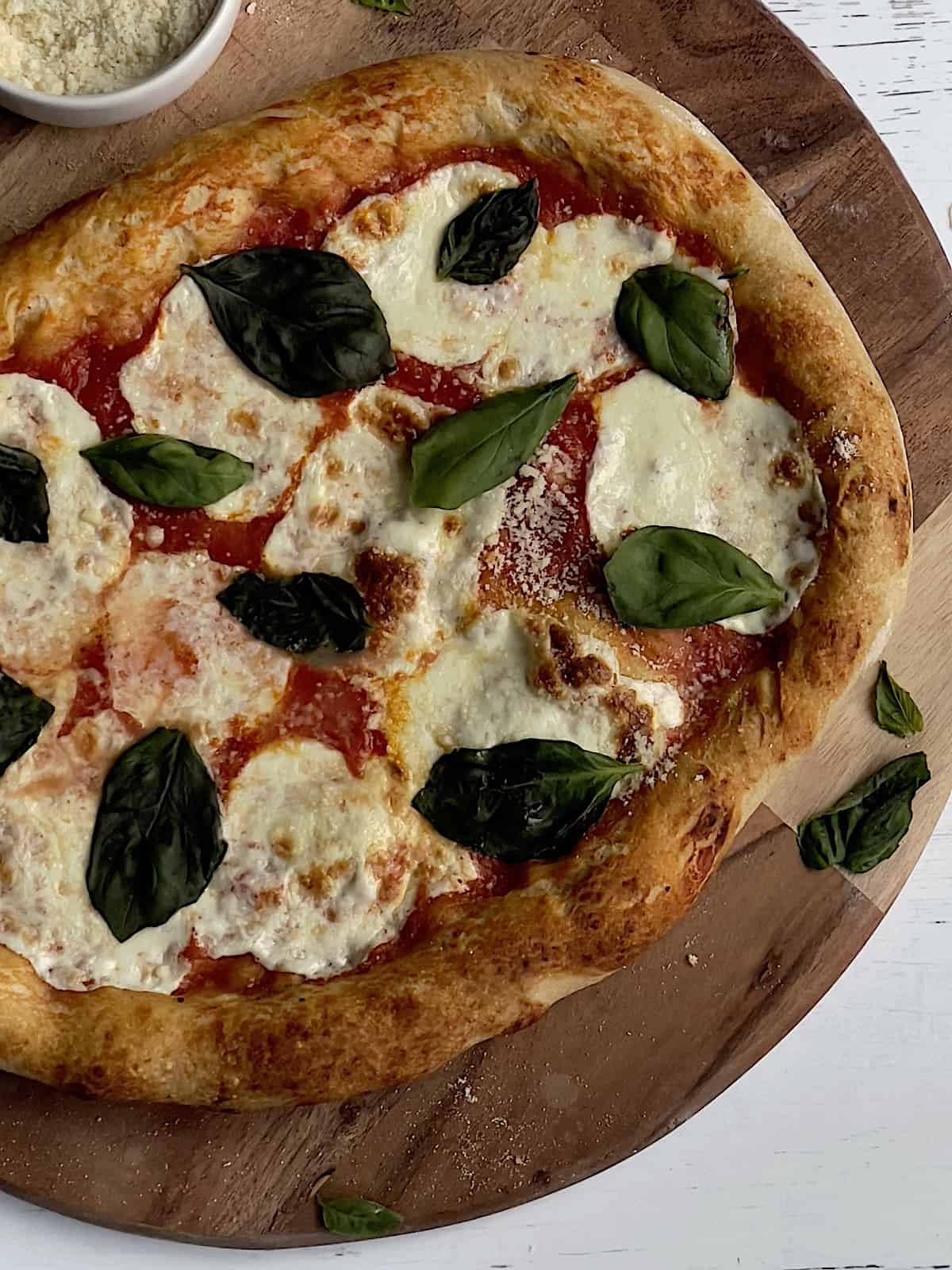
Types Of Flour For Pizza Dough
Crispy, Thin Crust: All-Purpose Flour
All-purpose flour will create a thin and crispy crust with a little chew to it. All-purpose flour is known to be ideal for just about anything because it's gluten content falls in the mid range, about 9-11%. Pizza dough made with all-purpose flour will be slightly stretchy before baked, so be careful when stretching it into the pizza.
A crispy thin crust is ideal for making New York-style pizza. I love a thin crust with a tomato basil pie too. Instead of making it by hand, here's how to use your bread maker to make it even simpler.
Chewy, Soft Crust: Bread Flour
Bread flour will create a chewy bread-like crust. Bread flour has a high protein content usually between 11 and 14%. This also means it contains more gluten than all-purpose flour, so it's ideal for making light and airy breads and pizza crusts. The dough will stretch more easily and rise higher, resulting in a soft and puffy crust.
A chewy, airy crust is perfect for traditional homemade pizza, Chicago-style deep dish and Sicilian pizza recipes. I love using this type of flour to make crust for my Mediterranean pizza and to make pepperoni pizza bites.
Crispy and Chewy Crust: Double Zero/Tipo 00 Flour
Double zero or tipo 00 flour, will create a nice balance of crispy, soft and chewy. This is a finely ground flour typically made with durum wheat that contains about 12% gluten, which creates a stronger crust than those made with bread or all-purpose flour. Dough made with double zero flour won't be as stretchy because it uses durum wheat, resulting in the perfect combination of crispy and chewy. It will be flavorful and soft on the bottom. My favorite brand is Antimo Caputo Chef's Flour, and I have it on repeat delivery .
This flour is perfect for making authentic Neapolitan-style pizza. I like using this crust to make classic pepperoni pizza, buffalo chicken pizza, and really any creative toppings I am in the mood for.
Nutty Flavor: Whole Grain Flour
Whole grain flour creates a nutty flavor and grainy texture in pizza crust. Whole grain or whole wheat flours have a higher protein content than the above white flours, at about 14%. If you use a whole grain flour on it's own, you'll get a very chewy crust that probably won't be enjoyable.
Therefore, use whole wheat flours in combination with any of the above flour. For every 1 cup of bread, all-purpose or double zero flour, use ½ to 1 cup of whole grain flour.
Gluten-Free Crust
There are two options for making gluten-free pizza dough. The first is a naturally gluten-free flour that creates a thin, cracker type crust. The second is using a gluten-free flour blend that has been created to act like traditional flours in terms of protein content, gluten content, and rising.
Almond flour is ideal for making a thin and crispy gluten-free crust. Gluten free bread flour is perfect for making a chewy, thick crust similar to that of traditional bread or all-purpose flour.
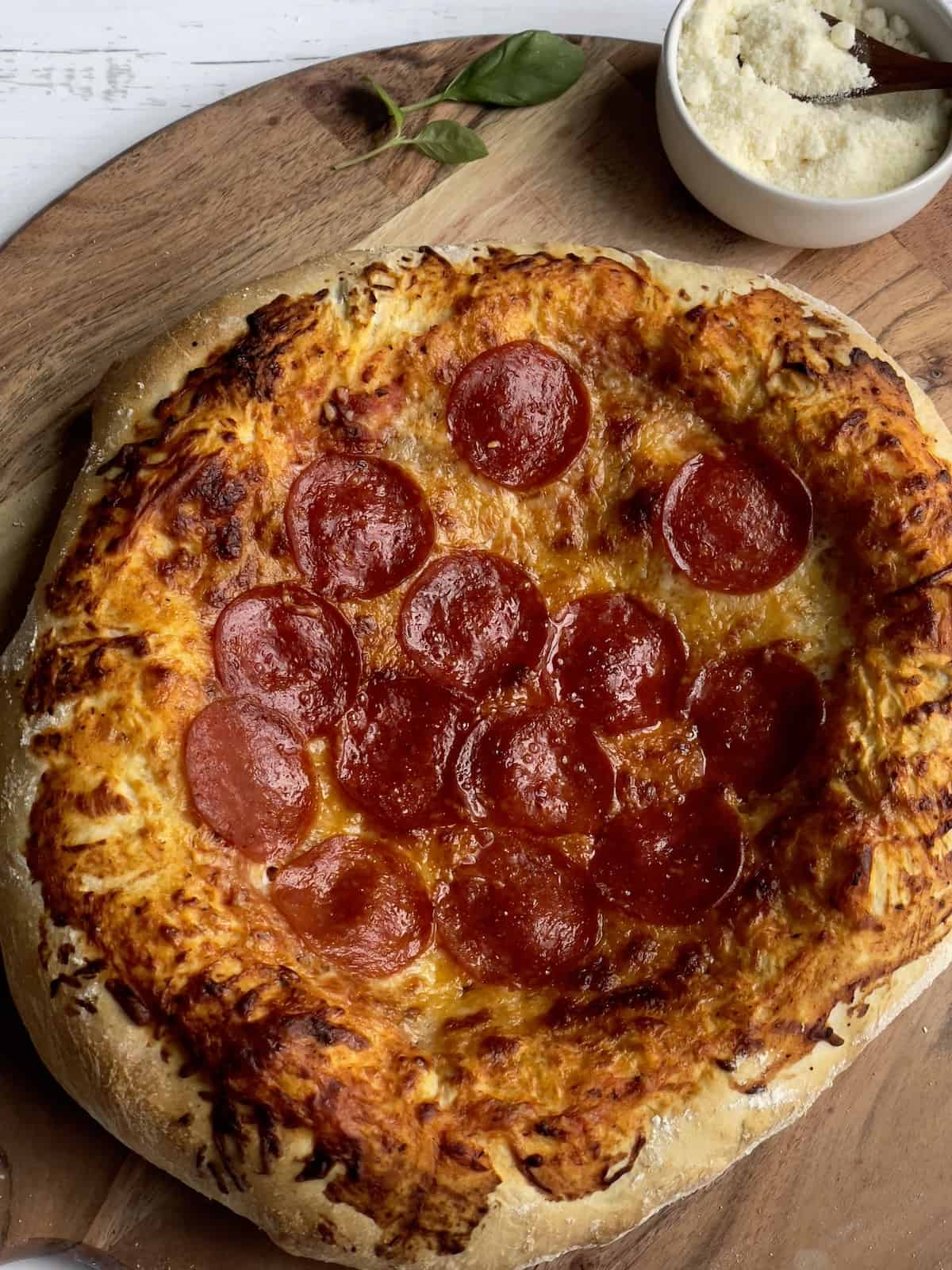
Fermentation Timing
Depending on the flour used, the fermentation process will take anywhere from 2 to 24 hours. You'll need to place the pizza dough ball in a bowl covered with plastic wrap so that's airtight and put it in a warm place to rise. You can also choose a cold fermentation (in the fridge), which will take longer.
All-purpose and bread flours have a shorter fermentation period than double zero or tipo 00 flour does.
Hydrating Flour
It's important to maintain adequate hydration of the flour while kneading pizza dough. Depending on the flour type, you'll need more or less water. While kneading, pay close attention to the texture of the dough- it should be slightly sticky and tacky, peeling off your hands easily as you knead. If it sticks too much, there is too much water so adding flour will help. If it crumbles as you knead, add more water. For example, double zero flour needs less water than bread flour does to maintain proper hydration during the process.
Now that you're well-versed in choosing the best flour for your homemade pizza dough, here are some delicious pizzas and toppings to try out:

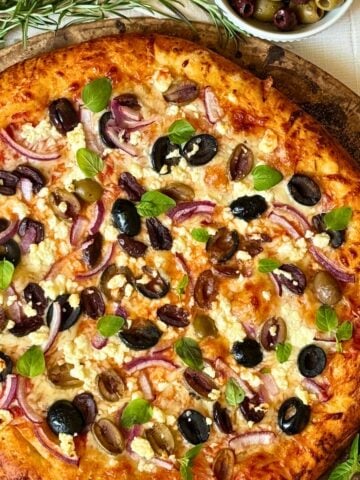
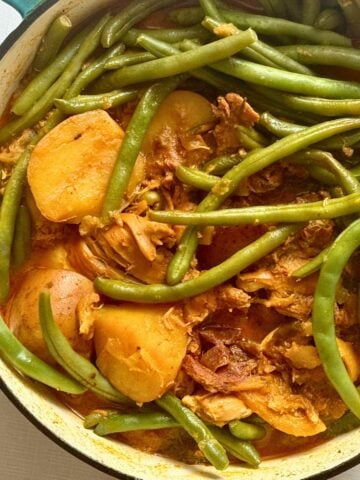
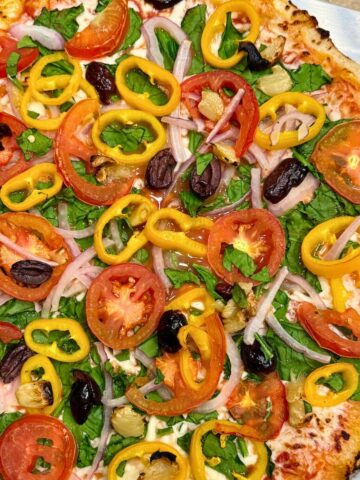

Carlee says
We have been having so much fun experimenting with homemade pizza lately. I can't wait to play with the crust options more!
Ramona says
I really love a thin crust pizza and making the dough from scratch is the best way. Loved this recipe and I will definitely make it again.
Jeri says
Thank you for this informative article on the best flour for pizza dough! I always make my own pizza dough, and now I can get the results I want by changing the flour I use. Thanks! PS-Your pictures look amazing!
Lilly says
Thank you for sharing such helpful information! I am excited to go make a classic pizza crust now!
Sabrina says
This is such a helpful guide, I’m always lost in the flour aisle and just go with all purpose. Now I’ll venture into more refined choices. Thanks!